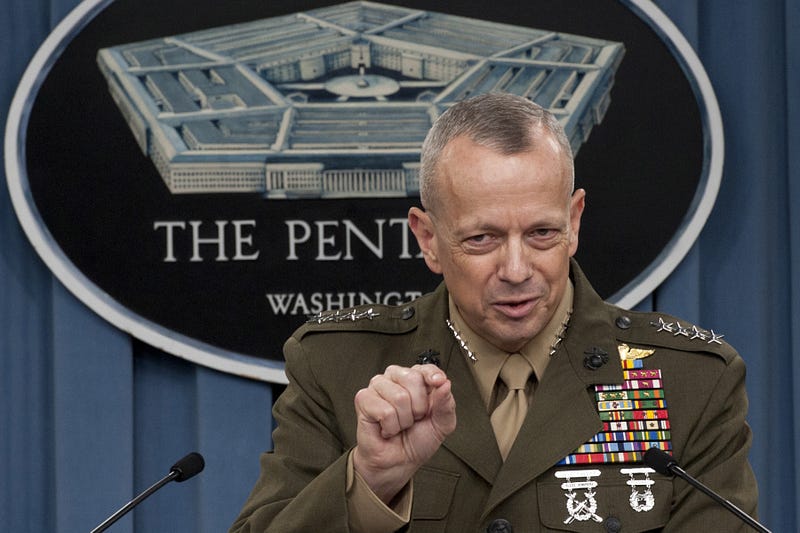http://www.sr-indonesia.com/web-exclusives/view/iranian-nuclear-deal-what-it-means-for-india
07 October 2015
By: Debalina Ghoshal
The recent much lauded nuclear deal has reduced the threat of Iran developing nuclear weapons. The deal allows Iran to pursue a nuclear program for peaceful purposes while lifting of economic sanctions, which could benefit several countries seeking to enhance economic ties with Tehran.
India is one of those nations, hoping to benefit both strategically and economically. Both nations are interested in enhancing their relations toward positive growth and development, evident from Iranian Foreign Minister Ebrahim Rahimpour’s visit to India in 2013 right after the Joint Plan of Action (JPA) came into force.
India’s gains from the deal
With the lifting of sanctions, Iran is now able to export oil to other countries, which would lead to a surplus supply of crude oil. Despite the declining demand for oil, the surplus crude oil is expected to bring down the price of oil. The sanctions impacted India’s oil imports from Iran at 7.2 percent of total oil imports in 2012-13, a sharp decline from 10.5 percent in 2011-2012. For Iran, this too is an opportunity to retain its position in the Indian oil market, happing slipped from being the second largest exporter of oil to the seventh largest exporter of oil to India.[1]
Following the nuclear impasse and the sanctions, trade between Iran and India deteriorated. The nuclear deal is expected to also boost to trade relations between the two countries. At present, India’s balance of trade is heavily tilted in favor of Tehran, whereby India imports $14 billion of oil from Iran and its exports to Iran are only worth $4.2 billion.
Post April 2015, New Delhi has expressed greater willingness and interest in economic ties with Iran and in developmental projects. Though India always adhered to the sanctions imposed on Iran, in the present circumstances, as White House Press Secretary Josh Earnest said in August, “no longer would countries like India, who have been making a substantial sacrifice over the years, have any interest or incentive to continue to enforce those sanctions against Iran.”[2]


